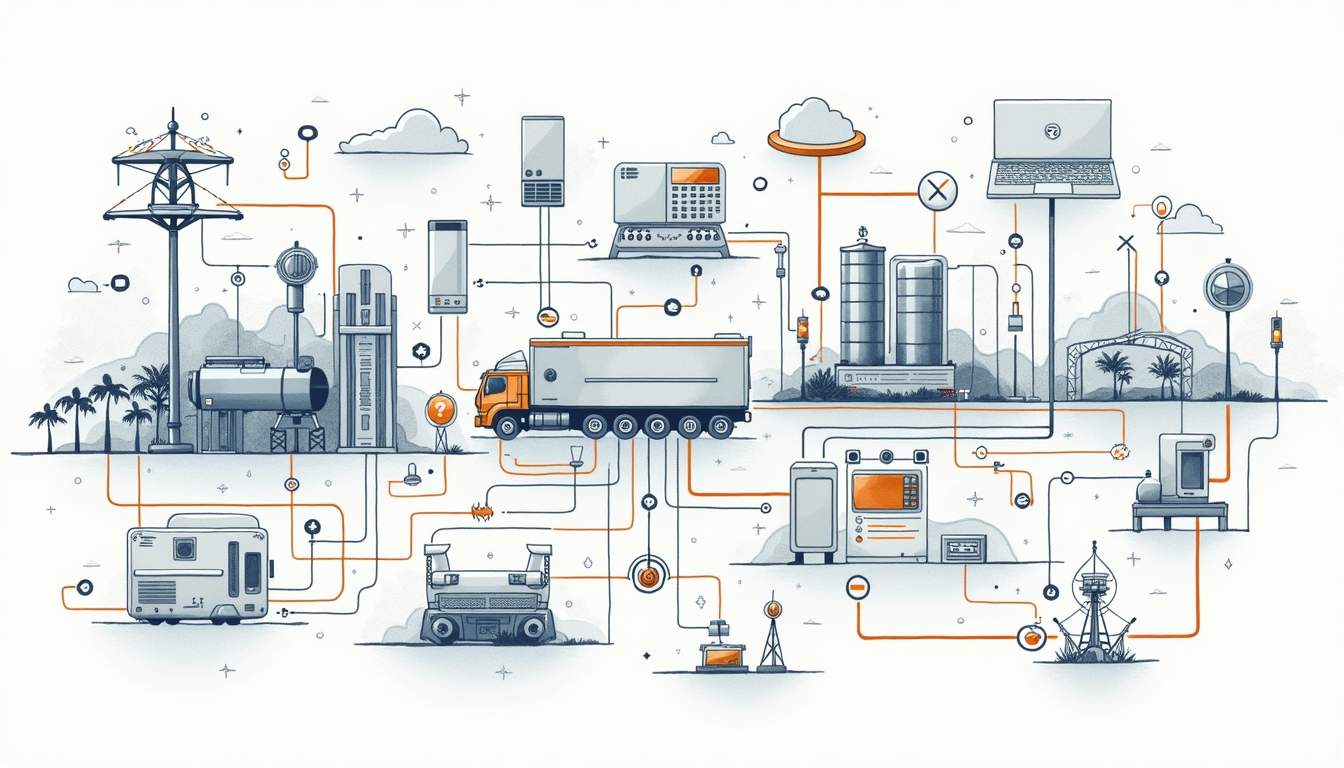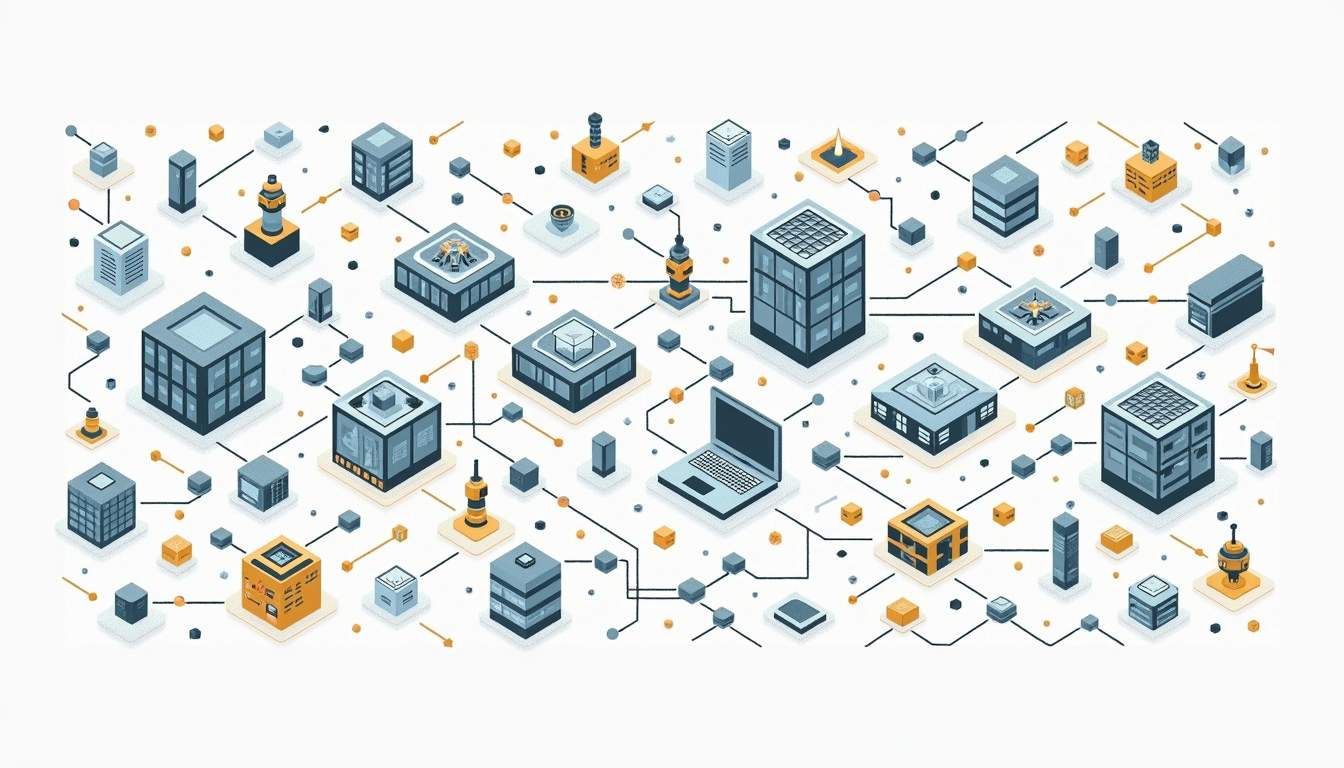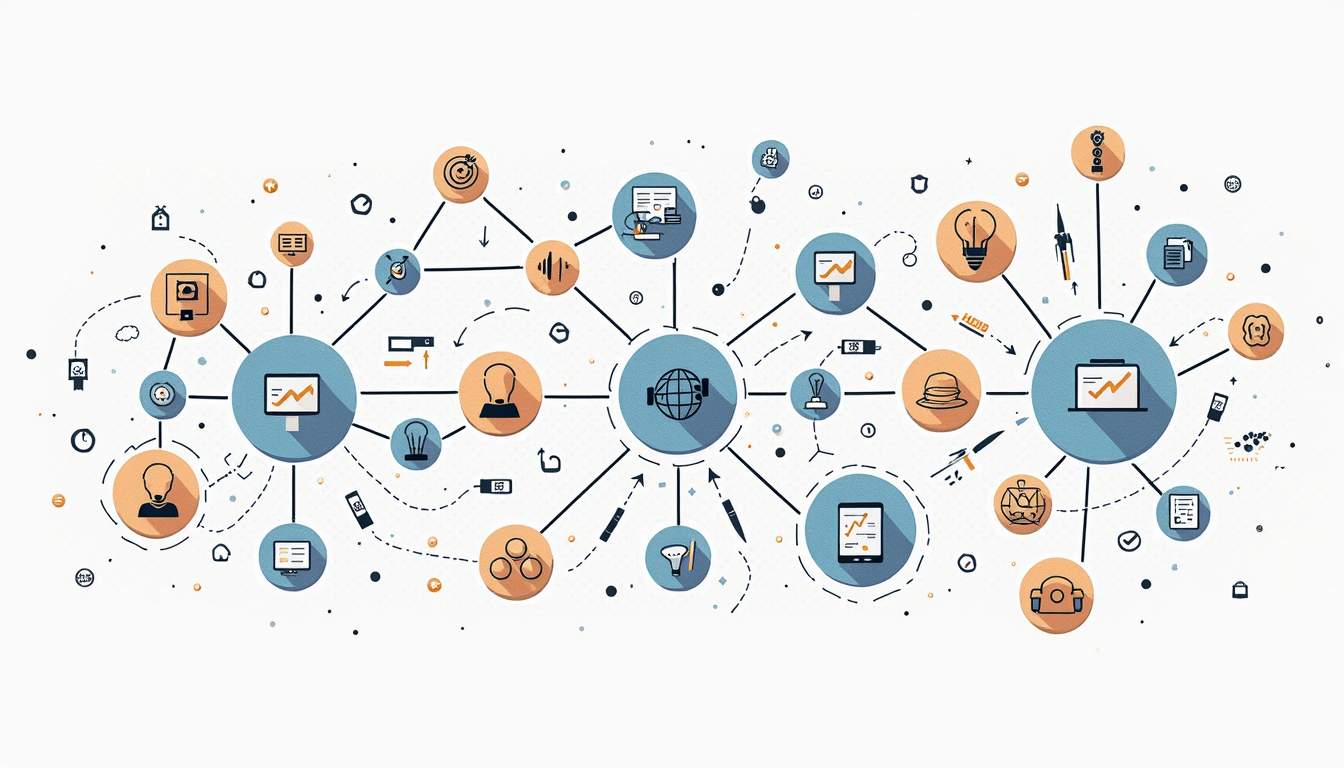The NIST Cyber-Physical Systems Framework: Objectives and Scope
The National Institute of Standards and Technology (NIST) plays a pivotal role in advancing the technology landscape in the United States. Among its many contributions, the NIST Cyber-Physical Systems (CPS) Framework stands out as a comprehensive guide designed to enhance the development and deployment of cyber-physical systems. This article delves into the objectives and scope of the NIST CPS Framework, shedding light on its significance in today’s increasingly interconnected world.
Understanding Cyber-Physical Systems
Cyber-physical systems are integrations of computation, networking, and physical processes. They encompass a wide range of applications, from smart grids and autonomous vehicles to healthcare systems and industrial automation. The unique characteristic of CPS is their ability to interact with the physical world, making them essential in various sectors. This interaction often involves real-time data collection and processing, which allows for dynamic responses to changing conditions. For example, in smart manufacturing, CPS can adjust production schedules based on real-time supply chain data, leading to more efficient operations and reduced waste.
The Importance of CPS
The importance of cyber-physical systems cannot be overstated. They improve efficiency, enhance safety, and enable new functionalities in critical infrastructure. For instance, in healthcare, CPS can monitor patient vitals in real-time, allowing for timely interventions. In transportation, they can optimize traffic flow, reducing congestion and emissions. Furthermore, the integration of CPS in smart cities can lead to improved resource management, such as optimizing energy consumption in buildings and enhancing public transportation systems through real-time tracking and scheduling.
Moreover, CPS can contribute to economic growth by fostering innovation and creating new business opportunities. As industries continue to evolve, the role of CPS in driving advancements becomes increasingly vital. The agricultural sector, for example, is experiencing a transformation through precision farming techniques that utilize CPS to monitor soil conditions and crop health, ultimately leading to increased yields and sustainable practices.
Challenges in CPS Development
Despite their potential, the development of cyber-physical systems is fraught with challenges. Issues such as security vulnerabilities, interoperability, and system complexity can hinder progress. Additionally, ensuring safety and reliability in CPS is paramount, as failures can have catastrophic consequences. The interconnected nature of these systems means that a single point of failure can ripple through the entire network, affecting multiple processes and stakeholders.
These challenges highlight the need for a structured approach to CPS development, which is where the NIST CPS Framework comes into play. This framework provides guidelines for the design, implementation, and management of CPS, emphasizing best practices in security and interoperability. By adopting such frameworks, organizations can better navigate the complexities of CPS, ensuring that they not only harness the benefits but also mitigate the risks associated with these advanced systems. Furthermore, ongoing research and collaboration among academia, industry, and government are essential to address the evolving challenges and enhance the resilience of cyber-physical systems in the face of emerging threats.
The NIST Cyber-Physical Systems Framework
The NIST CPS Framework provides a structured methodology for the design, implementation, and management of cyber-physical systems. It aims to facilitate collaboration among stakeholders, including industry, academia, and government, to promote the advancement of CPS technologies.
Objectives of the Framework
The primary objectives of the NIST CPS Framework include enhancing the understanding of CPS, promoting best practices, and ensuring the security and resilience of these systems. By establishing a common language and set of guidelines, the framework aims to bridge the gap between various disciplines involved in CPS development.
Another key objective is to foster innovation by providing a foundation for research and development. The framework encourages the exploration of new technologies and methodologies that can enhance the capabilities of CPS. This includes leveraging advancements in artificial intelligence, machine learning, and data analytics to create smarter and more efficient systems that can adapt to changing conditions and user needs.
Scope of the Framework
The scope of the NIST CPS Framework is broad, encompassing various sectors and applications. It addresses the entire lifecycle of CPS, from conception and design to deployment and maintenance. This holistic approach ensures that all aspects of CPS development are considered, leading to more robust and reliable systems.
Furthermore, the framework is adaptable, allowing organizations to tailor its guidelines to their specific needs. This flexibility is crucial in a rapidly evolving technological landscape, where new challenges and opportunities continually arise. For instance, as industries such as healthcare, transportation, and manufacturing increasingly integrate CPS into their operations, the framework provides the necessary tools to address sector-specific challenges, such as regulatory compliance and interoperability between diverse systems.
In addition to its adaptability, the NIST CPS Framework emphasizes the importance of stakeholder engagement throughout the development process. By involving a diverse range of participants, from engineers and researchers to end-users and policy-makers, the framework ensures that various perspectives are considered, leading to more comprehensive solutions. This collaborative approach not only enhances the quality of CPS but also builds trust among stakeholders, which is essential for the successful deployment and acceptance of these systems in society.
Key Components of the Framework
The NIST CPS Framework is built upon several key components that work together to provide a comprehensive guide for stakeholders. Understanding these components is essential for leveraging the framework effectively.

Core Concepts
At the heart of the NIST CPS Framework are core concepts that define the principles of cyber-physical systems. These concepts include system integration, data management, and human interaction. By focusing on these areas, the framework ensures that CPS are designed with a holistic perspective that considers both technical and human factors.
System integration, for instance, emphasizes the importance of seamless communication between physical and cyber components. Data management addresses the challenges of handling vast amounts of data generated by CPS, while human interaction focuses on ensuring that users can effectively engage with these systems. This engagement is crucial, as it not only enhances user experience but also contributes to the overall effectiveness and reliability of the system. A well-designed interface can facilitate better decision-making and operational efficiency by providing users with the right information at the right time.
Framework Elements
The framework is structured around several elements that guide the development process. These elements include the system lifecycle, stakeholder engagement, and risk management. Each element plays a crucial role in ensuring that CPS are developed with safety, security, and efficiency in mind.
The system lifecycle element outlines the stages of CPS development, from initial concept to deployment and ongoing maintenance. This lifecycle approach allows for iterative improvements and adaptations as technology evolves and user needs change. Stakeholder engagement emphasizes the importance of collaboration among various parties, ensuring that the perspectives of all relevant stakeholders—such as developers, users, and regulatory bodies—are considered throughout the process. Risk management provides strategies for identifying and mitigating potential threats, which is increasingly important in a landscape where cyber threats are constantly evolving and becoming more sophisticated.
Implementation Guidance
To facilitate the practical application of the framework, NIST provides implementation guidance that offers specific recommendations and best practices. This guidance is designed to help organizations navigate the complexities of CPS development and ensure compliance with the framework’s principles.
Implementation guidance includes resources such as case studies, tools, and templates that organizations can use to streamline their processes. These resources not only provide practical insights but also showcase successful applications of the framework in various industries, from healthcare to manufacturing. By providing these resources, NIST aims to empower stakeholders to adopt the framework effectively and enhance their CPS initiatives. Furthermore, ongoing training and workshops are often offered to help organizations stay updated on the latest developments and best practices in CPS, ensuring that they remain competitive and secure in a rapidly changing technological landscape.
Benefits of the NIST CPS Framework
Adopting the NIST CPS Framework offers numerous benefits for organizations involved in the development of cyber-physical systems. These advantages extend beyond mere compliance, fostering a culture of innovation and collaboration.

Enhanced Security and Resilience
One of the most significant benefits of the NIST CPS Framework is its emphasis on security and resilience. By incorporating best practices and risk management strategies, organizations can better protect their systems from cyber threats and ensure they can withstand disruptions.
This focus on security is particularly crucial given the increasing frequency and sophistication of cyberattacks. Organizations that adopt the framework are better positioned to safeguard their assets and maintain the trust of their stakeholders.
Improved Collaboration
The NIST CPS Framework promotes collaboration among diverse stakeholders, including industry, academia, and government. This collaborative approach fosters knowledge sharing and encourages the development of innovative solutions to common challenges.
By working together, stakeholders can leverage their collective expertise and resources, leading to more effective CPS development. This collaboration also helps to establish industry standards and best practices, further enhancing the overall quality of cyber-physical systems.
Facilitated Innovation
Innovation is at the core of the NIST CPS Framework. By providing a structured methodology and encouraging research and development, the framework creates an environment conducive to innovation.
Organizations that embrace the framework are more likely to explore new technologies and approaches, ultimately leading to the creation of advanced CPS that can address emerging challenges and opportunities. This focus on innovation is essential for maintaining competitiveness in a rapidly evolving technological landscape.
Conclusion
The NIST Cyber-Physical Systems Framework serves as a vital resource for organizations involved in the development and deployment of cyber-physical systems. By outlining clear objectives and a comprehensive scope, the framework provides a roadmap for enhancing the security, resilience, and effectiveness of CPS.

As the world becomes increasingly interconnected, the importance of cyber-physical systems will continue to grow. The NIST CPS Framework not only addresses current challenges but also paves the way for future innovations, ensuring that organizations are well-equipped to navigate the complexities of this evolving landscape.
In conclusion, the NIST CPS Framework stands as a testament to the commitment of NIST to foster collaboration, innovation, and excellence in the field of cyber-physical systems. By embracing this framework, organizations can enhance their capabilities and contribute to a safer, more efficient, and technologically advanced future.
Take the Next Step with Cybersort
Embracing the NIST CPS Framework is just the beginning. With Cybersort, you can take your cyber-physical systems to the next level. Gain unparalleled visibility and control over your plant’s digital infrastructure, ensuring safer operations and robust cybersecurity. Ready to transform your operations and lead the way in digital innovation? Book a discovery call with Cybersort today and unlock the full potential of your cyber-physical systems.


